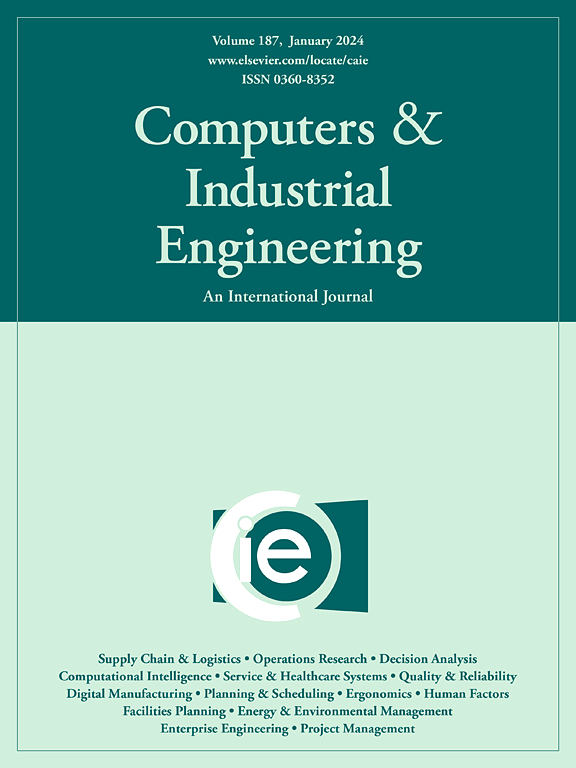Identifying and evaluating R&D partners via patent-based multilayer networks from the perspective of knowledge complementarity: A case study of unmanned ship technology
IF 6.7
1区 工程技术
Q1 COMPUTER SCIENCE, INTERDISCIPLINARY APPLICATIONS
引用次数: 0
Abstract
With the rapid pace of technological development, innovation is crucially related to cross-disciplinary collaboration and resource sharing. To address this challenge, researchers need to break existing knowledge boundaries by seeking potential collaborations. However, when identifying and evaluating partners, existing studies have failed to explore patent technology information, patent citation information, and the complex collaborative relationships among patent holders. This results in an incomplete and inaccurate identification and evaluation of potential R&D partners. In response, this study proposes a multilayer network framework based on patent data to identify and evaluate potential R&D partners. This framework considers patent technical information, citation information, and collaboration among patentees. The method consists of three key stages. First, a network of collaboration between patentees, a knowledge network, and a patent citation network are constructed. Second, complementarity metrics are proposed on the basis of the combination of similarity and heterogeneity to identify potential R&D partners. Finally, potential R&D partners are further evaluated and determined by analyzing competitive or collaborative relationships. The proposed method is verified through a case study of unmanned ship technology. This method provides a more comprehensive perspective for R&D partner identification and evaluation. Moreover, the results provide a reference for enterprises to improve their collaboration efficiency.
知识互补视角下基于专利多层网络的研发合作伙伴识别与评估——以无人船技术为例
随着科技的快速发展,创新与跨学科合作和资源共享密切相关。为了应对这一挑战,研究人员需要通过寻求潜在的合作来打破现有的知识界限。然而,现有研究在识别和评估合作伙伴时,未能充分挖掘专利技术信息、专利引文信息以及专利持有人之间复杂的合作关系。这导致了对潜在研发合作伙伴的不完整和不准确的识别和评估。为此,本研究提出了一个基于专利数据的多层网络框架来识别和评估潜在的研发合作伙伴。该框架考虑了专利技术信息、引用信息和专利权人之间的合作。该方法包括三个关键阶段。首先,构建了专利权人之间的协作网络、知识网络和专利引用网络。其次,在相似性和异质性相结合的基础上,提出了互补度量来识别潜在的研发合作伙伴。最后,通过分析竞争或合作关系,进一步评估和确定潜在的研发合作伙伴。通过无人船技术实例验证了该方法的有效性。该方法为研发合作伙伴的识别和评价提供了一个更全面的视角。研究结果为企业提高协同效率提供了参考。
本文章由计算机程序翻译,如有差异,请以英文原文为准。
求助全文
约1分钟内获得全文
求助全文
来源期刊

Computers & Industrial Engineering
工程技术-工程:工业
CiteScore
12.70
自引率
12.70%
发文量
794
审稿时长
10.6 months
期刊介绍:
Computers & Industrial Engineering (CAIE) is dedicated to researchers, educators, and practitioners in industrial engineering and related fields. Pioneering the integration of computers in research, education, and practice, industrial engineering has evolved to make computers and electronic communication integral to its domain. CAIE publishes original contributions focusing on the development of novel computerized methodologies to address industrial engineering problems. It also highlights the applications of these methodologies to issues within the broader industrial engineering and associated communities. The journal actively encourages submissions that push the boundaries of fundamental theories and concepts in industrial engineering techniques.
 求助内容:
求助内容: 应助结果提醒方式:
应助结果提醒方式:


